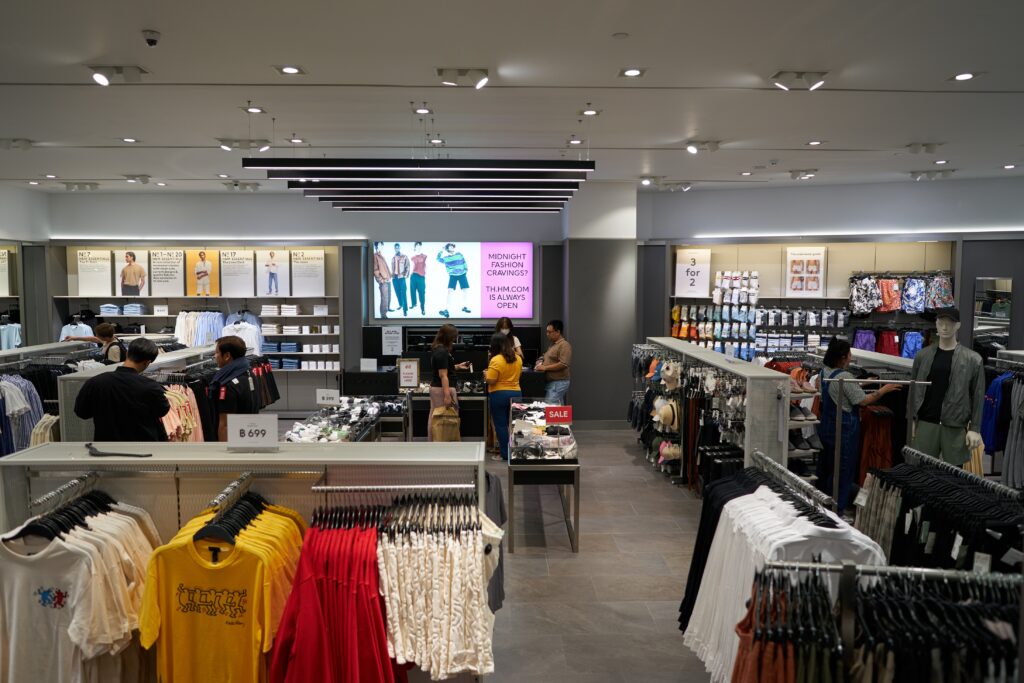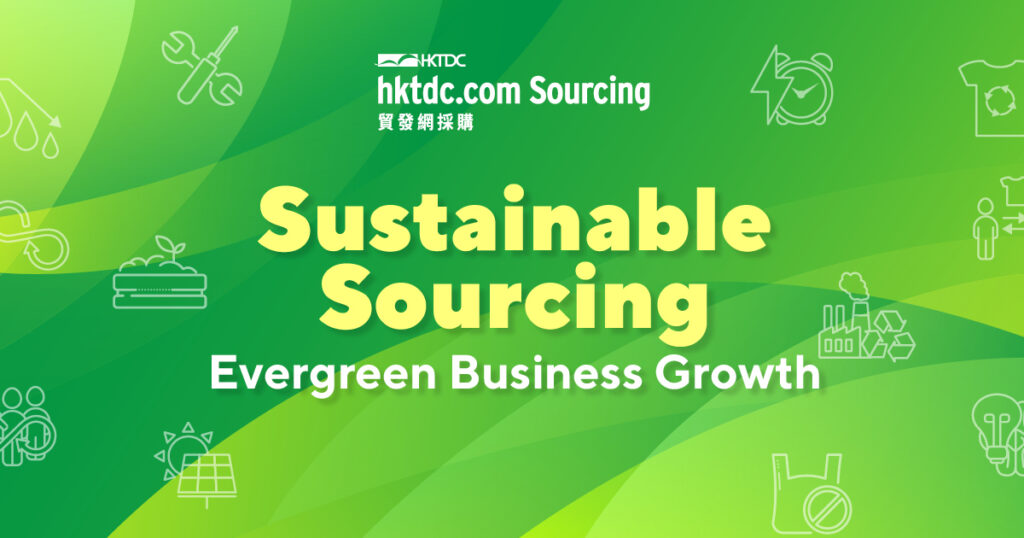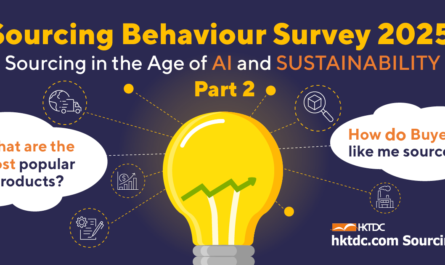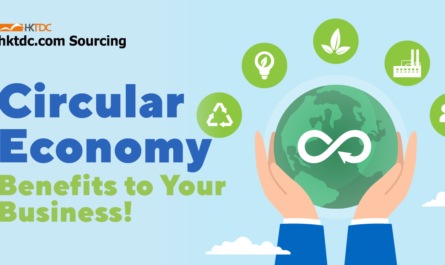Overview: The Green Revolution in Global Commerce
As environmental concerns escalate, global buyers and suppliers are under increasing pressure to adopt sustainable practices. From carbon-neutral logistics to AI-powered supply chains, 2025 is shaping up to be a pivotal year for eco-friendly commerce.
This article provides a concise overview of the latest environmental conservation trends, with credible references and actionable insights for businesses worldwide.
Four Critical Environmental Trends Reshaping Supply Chains
1. Carbon-Neutral Supply Chains
The Business Case for Net-Zero Emissions
Leading companies worldwide are striving for net-zero emissions across their entire supply chains, extending beyond their own operations to include suppliers, logistics partners, and distribution networks.
Implementation Strategies for Global Traders
A report by McKinsey projected that capital spending to build a net-zero economy would be the highest from 2026 to 2030, and it is important not to view the transition as only onerous; the required economic transformation will not only create immediate economic opportunities but also open up the prospect of a fundamentally transformed global economy with lower energy costs, and numerous other benefits — for example, improved health outcomes and enhanced conservation of natural capital.
2. AI and Data-Driven Sustainability
Real-Time Environmental Monitoring
Artificial Intelligence (AI) and big data are powering real-time monitoring of resource consumption, waste management, and biodiversity impact.
Case Study: AI in Fashion Retail
For instance, the World Economic Forum reported a use case of AI making an impressive mark in recycling. In the fashion industry, companies such as H&M are leveraging AI to enhance product lifecycle management. The brand is using AI to analyze returns, receipts and loyalty card data to customize products for individual stores.
Action Steps for Buyers and Suppliers
For global buyers and suppliers, they should review the feasibility of AI in business operations and put it into recycling and even upcycling practices.

3. Circular Economy Models
From Linear to Circular: The Transformation
According to the Ellen MacArthur Foundation, the shift from linear (take-make-waste) to circular (reuse, refurbish, recycle) models is gaining traction, especially in packaging, electronics, and textiles.
For businesses, this means a series of actions to take:
- Design products for longevity, repair, and recycling.
- Collaborate with partners for closed-loop supply chains.
- Invest in recycling infrastructure and reverse logistics.
Read More:
4. Green Procurement Standards
Mandatory Environmental Criteria
Buyers are mandating environmental criteria in procurement contracts, requiring suppliers to demonstrate sustainable practices and certifications. These include recognized certifications (e.g., ISO 14001, FSC, Fairtrade), the Sustainable Public Procurement (SPP) of the United Nations Environment Programme (UNEP), and the common Sustainable Development Goals (SDGs).
All these imply that suppliers should transparently share sustainability data with buyers, while buyers can prioritize suppliers with strong environmental credentials.
Strategic Recommendations for Global Trade Success
Building Long-Term Competitiveness
For global buyers and suppliers, embracing these trends isn’t just about compliance — it’s about securing long-term competitiveness and responding to a rapidly changing marketplace. By integrating sustainability at every level, businesses can build resilience, reduce risk, and unlock new opportunities for growth.
Take Action: Connect with the Green Economy
Eco Expo Asia 2025: Your Gateway to Sustainable Trade
Follow the green trends and embrace sustainability by taking part in the upcoming Eco Expo Asia from 28 to 31 October 2025, where you can experience the latest green tech and explore eco-friendly applications for commercial and personal benefits.
Register now for your complimentary entry pass and connect with leading sustainable technology providers:








